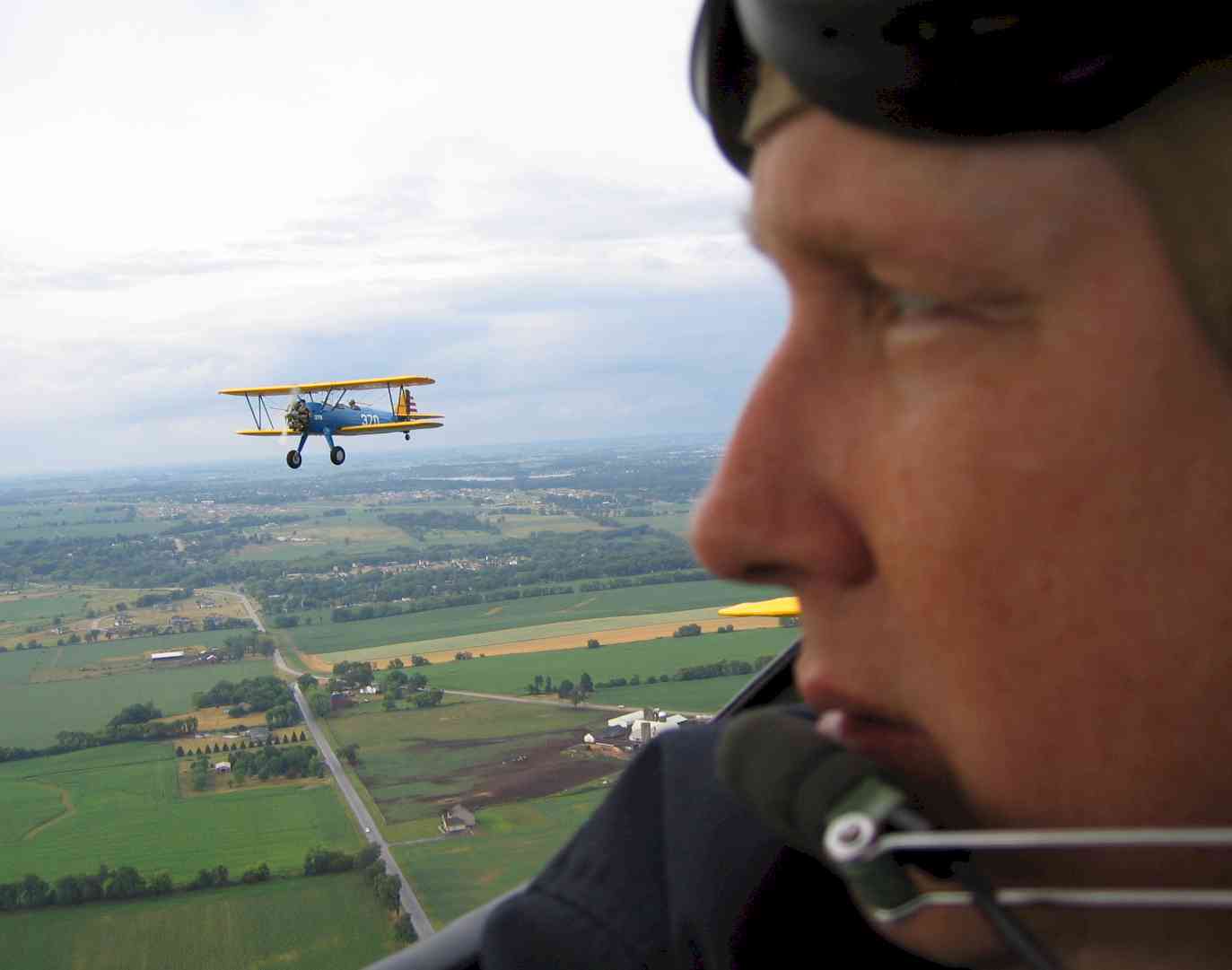If I had to pick the worst possible view-spoiler imaginable, it would be a white, 400-foot tower, topped by a set of long, whirling blades that caught your eye every time you looked in its general direction. Over a dozen of these apparitions covering nearly a thousand acres would make this area immeasurably fugly for miles around.
But that’s exactly what some landowners near me are trying to do. The placidly-named Heritage Ridge Wind Farm would provide a small amount of electricity for local residents, and a small yearly revenue for the landowners. In exchange, locals would get the thrill of seeing a horizon-full of these monstrosities thrashing the air. I say "locals," but actually, a recent study showed that over 90% of the population of my county would be able to see parts of one or more of the turbines at all times.
These are not the small wind generators you occasionally see clustered along ridgelines in California and other locations. These are huge structures. The ones proposed for my area are almost as tall as a 50-story building, with an effective width of over 300 feet. And unlike a 50-story building, they're almost constantly in motion.
The American Wind Energy Association (AWEA), on their web site’s FAQ, addresses the visual impact a wind farm makes, with this:
“Visual impacts… can be minimized through careful design of a wind power plant. Using turbines of the same size and type and spacing them uniformly generally results in a wind plant that satisfies most aesthetic concerns. Computer simulation is helpful in evaluating visual impacts before construction begins. Public opinion polls show that the vast majority of people favor wind energy, and support for wind plants often increases after they are actually installed and operating.”
I’m sorry, but uniform spacing of 400-foot wind generators does not “satisfy my aesthetic concerns.” Rather, it enhances my dislike of the whole idea.
The AWEA then asks the question, “Will wind energy hurt tourism in my area?” Their own answer:
“People who would rather not live near wind plants (sometimes referred to as "NIMBYs," short for "Not In My Back Yard") often raise this concern with respect to new wind project proposals. There is no evidence that wind farms reduce tourism, and considerable evidence to the contrary. For example, in late 2002, a survey of 300 tourists in the Argyll region of Scotland, noted for its scenic beauty, found that 91% said the presence of new wind farms ‘would make no difference in whether they would return.’ Similar surveys of tourists in Vermont and Australia have produced similar results.”
Their position assumes that we here in northern Illinois want tourism, or have an infrastructure to support tourism in the first place. Loss of tourism is not our concern. Simple aesthetics and enjoyment of our surroundings is what we care about.
There are certainly some successful wind farms out there in the world. For the space they occupy, they appear to provide clean, relatively inexpensive electric power for certain communities, and they make use of a free resource. Great. I applaud the concept.
But wind farms spoil the view, and there’s absolutely no getting around that fact. That’s why most people think they should be located away from people. Far, far away, like the Kilronan Wind Farm, located on a craggy plateau in Ireland. Or the Cape Wind farm, offshore from Nantucket, Massachusetts. Or the proposed London Array, located offshore in the Thames Estuary in the UK. Notice the common theme with these projects? They’re in remote places where NIMBYs like me won’t complain about their obvious ugliness.
In this article, I've mostly emphasized the appearance of wind turbines, but physical ugliness is only one of many negative characteristics about them. Visit the sites listed at the end of this entry for more information about the number of birds they kill, what they sound like, how far they sling ice, and what they do to the mental state of local residents. You'll also learn some facts about the cost of wind power that will make you wonder if it's worth all the effort. Wind farms also have a huge negative impact on home values for miles around. Just ask the landowners and homewoners in Lincoln, Wisconsin, the site of a similar wind farm. Property values within a mile of the new turbines went down 26% after the project was completed. Even properties more than a mile away went down 18% in value the moment the turbines were operational.
The families in Caledonia, Illinois who want to spoil everyone’s enjoyment of our beautiful surroundings for their own, minor gain should give serious consideration to the war they are declaring on their neighbors by doing so. NIMBY? Me? Damn right I am, and so are a lot of my fellow residents. We don't want our country's heartland blighted by wind turbines (or anything else) that spoils our magnificent landscape.
Further Reading (Highly Recommended):
- Health, Hazard and Quality of Life Near Wind Power Installations
- Report Doubts Future of Wind Power
- Experts Show Official Wind Power Claims are Hot Air
- Wind Energy Economics in West Virginia

